Ultimate Guide To Fabric Softener
Plus Reviews Of Brands
Here's the ultimate guide to fabric softener, including how to use it in your washing machine properly, how it effects clothes, what types of clothes you should never use it on, plus a round up of reviews of the most common brands, scents and varieties.
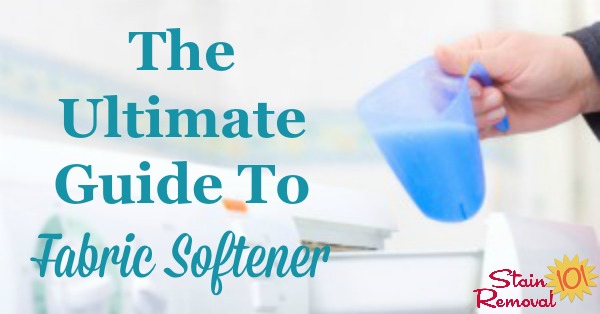
There are two main ways you can use softener, in your washing machine or in your dryer (or both). In the washing machine the softeners are either liquid, or recently they came out with crystal or mineral based ones too.
In the dryer typically the softener comes in the form of dryer sheets, but they have also recently come out with a dryer bar.
This page is about the types of softeners which go in the washing machine. There is a separate page on the site about dryer sheets and bars.Currently, as far as I am aware, there is only a couple of crystal or mineral based fabric softeners available, and it is used completely different than liquid based softeners. Because liquid softener is much more common, I will first explain how to use these products properly, in your machine.
How To Use Liquid Fabric Softener In Your Washing Machine
Liquid softeners are typically oil based, and coat your clothing and other fabrics to make them feel soft to the touch, and also generally to impart a nice scent.
If you get a natural softener the oils are plant-based, whereas with more traditional brands the oils may be synthetic or fossil-fuel based.
Below I will discuss what effect this coating may have on certain fabrics, but first, there is a right way and wrong way to use these liquid softeners in your washing machine.
To be effective stamdard softeners must come into contact with your clothes after they have already been washed with your laundry detergent, during the final rinse cycle.
There are several ways to use the liquid version in your machine, and which one you should do depends on what type of washing machine you own.
If you own a standard top loading machine (not high efficiency) then you can add the softener in one of three ways, again depending on the specific attributes of your machine.
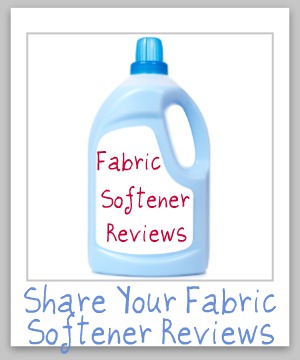
If your standard washing machine has a fabric softener dispenser you can add it to that. The dispenser is designed to release the softener at the appropriate time during the final rinse cycle.
However, if your standard washing machine does not have a dispenser you have two options for putting in the liquid softener. First, you can use a softener ball, the most common of which is the Downy ball. You pour the softener in this ball at the beginning of the load, and toss it in with the clothing and detergent, and it is designed to release the softener during the final rinse cycle.
Second, if you don't want to use a ball, then you can just manually add the softener to the washing machine when it gets to the final rinse. This can be tricky if your washer doesn't give you a signal, such as a beep, of when that cycle begins. I myself often lose track of time and just end up missing the cycle.
Further, if you add it manually you need to be very careful when you do it not to pour it directly onto the clothing, because this can cause softener stains on the fabric from the oil and grease in the product. The best way to avoid this is to dilute the correct amount of softener in about a quart of water before adding it to the rinse water.
If you have an HE washing machine it is actually less confusing about adding the softener, because all HE machines (at least that I am aware of) have a dispenser that releases the softener at the right time. You cannot add it manually because of the design of the machines, and neither can you use a ball.
Please note that your fabric softener dispenser is likely to get clogged and sticky with dried fabric softener over time, and should be periodically cleaned to keep it working well. I've written instructions as part of cleaning a washing machine on how to clean these dispensers too.
Liquid Fabric Softeners Effect On Clothing And Other Fabrics
As I stated previously, liquid softeners are oil-based, and coat the clothing with a wax like substance which makes them feel softer, and also reduces static cling.
In general, these products also contain fragrance, which is often a major marketing and selling point for them, because many people love for their clothes to have a nice scent. (However, a number of hypoallergenic versions are also now coming onto the market as demand has increased for this scent and/or dye free alternative.)
The way liquid softeners work, however, does impact how they effect certain clothing. Here are some of the major things to consider when using these products:
1. Improper application can result in stains on your clothing. As mentioned above briefly, since the products are oil based if they come into direct contact with clothing, like you drip or pour them on wet clothing, you can get fabric softener stains.
Often these stains often look blue-gray in color (like the color of the softener itself) and look greasy. You can follow some simple steps to remove these stains from your clothing, but frankly, it can be a pain to treat the stains and rewash everything when this occurs.
2. It reduces the absorbency of towels and other fabrics. Because these products coat the clothing with an oil or wax like substance it has been shown that this reduces the absorbency of the fabric. This can be a problem for things like dish cloths and towels, which are designed to absorb water and other liquid spills or splashes. You will need to decide if the tradeoff of soft scented towels is worth the loss of some absorbency.
3. It reduces the flame-resistance of children's sleepwear and other garments treated with flame retardants. United States federal law mandates that children's sleepwear be treated with flame retardants, and all liquid fabric softener manufacturers admit that this type of clothing should not be washed with the product because it reduces the flame retarants effectiveness. Again, you will need to decide if this tradeoff of separating out this clothing for a different wash, or losing the effectiveness of the flame retardants is OK with you.
4. It reduces the ability of athletic wear to wick away moisture from your body. There are all kinds of new types of fabric available for athletic wear, touted to be quick drying and to keep you cool even in heavy exercise. Again, with the coating of oil from the products these new fabrics often cannot do this job as effectively if washed in the liquid softener. Again, this is just something you need to consider before washing these clothes with this type of product.
Another Type Of Fabric Softener For The Washing Machine: Crystals Or Minerals
As far as I'm aware there is currently two companies manufacturing a fabric softener for use in the washing machine that is not of the liquid variety. That is Purex and Dropps. Instead, both of them have created a new product, crystal softener, to be used in the wash.
You can read more about Purex softener crystals here, and Dropps pacs here, and the key differences between crystal and liquid softener.
Fabric Softener Reviews Of Common Brands
There is such a variety of softeners on the market, such as liquid and crystals, and also so many scents to choose from that people often feel overwhelmed. To help with this I've created the section of the site, below, where you can read reviews of various products used in your washer to soften your clothes, and also skip down to share your own review to investigate new products, or decide which one is right for you and your family's laundry.
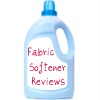 Share Your Review Here |
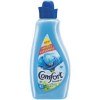 Comfort |
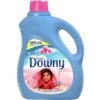 Downy |
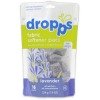 Dropps |
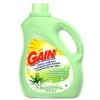 Gain |
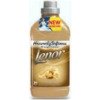 Lenor |
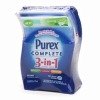 Purex 3 In 1 Sheets |
 {More} Purex Laundry Sheets |
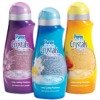 Purex Crystals |
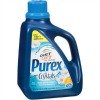 Purex Plus With Crystals Fragrance |
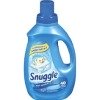 Snuggle |
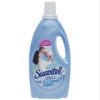 Suavitel |
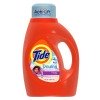 Tide With Touch Of Downy |
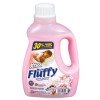 Xtra Nice 'N Fluffy |
Share Your Fabric Softener Review Here
What fabric softener do you love to use when washing your clothes?
Or, what brand or scent did you try that you thought you would love, but turned out to really disappoint you?
Either way, tell me about it in your review.
Here are some helpful hints to make sure your review is as useful as possible:
Tell me which exact brand, type and scent of softener you are reviewing, and any other important identifying characteristics of it.
Further, helpful information would include how it made your clothes feel, how it smelled immediately afterward and whether the scent lingered or not, whether you had any problems with it staining or spotting clothing, what types of fabrics you use it with, and/or any allergies or skin reactions you or a family member experienced while using it, if applicable.
I also am interested in whether you feel you need to also use dryer sheets when you use the softener.
Any other details relevant to your opinions of the product or supply are all appreciated.
Submitted Fabric Softener Reviews
Click the links below to see other reviews that have already been submitted.
Feel free to comment on any of these submissions to tell your own experience with this detergent, or about any other thoughts you have.
Dropps Fabric Softener Pacs: Mineral Based Way To Soften Clothes
Dropps fabric softener pacs have just recently come onto the market, and they are marketed as an easy way to both soften and scent clothes all at the same …
Xtra Nice N' Fluffy Fabric Softener Reviews
Heidi has shared her Xtra Nice 'N Fluffy fabric softener review. Heidi says: In an effort to economize while still having fresh smelling and soft laundry …
Lenor Softener Reviews - Problems & Concerns
Kelly has written about Lenor softener, sharing her experiences with it, and how she keeps getting fabric softener stains from it. Kelly says: This fabric …
Thanks For Visiting My Website: Grab Your Free Gift!

Hi, I'm Taylor, a busy mom with 3 kids, so I have lots of hands on experience with house cleaning, laundry and my fair share of spots, spills and other messy catastrophes. Thanks for visiting my site.
I update the website all the time with tips, tutorials, cleaning recipes, reviews of products from readers like you, and tests I've done on various cleaners, removers and laundry supplies.
I'd love to give you a gift! When you subscribe to my free weekly newsletter you will receive a free printable laundry stain removal chart that you can reference as needed.
I hope you enjoy this gift, and stop by again soon!
Related Pages You May Enjoy
Laundry Supplies Reviews And Information For Your Laundry Room
Laundry Tips & Tricks For Busy Moms
Go From Fabric Softener Information And Reviews To Home Page
CAUTION: This website is provided for informational purposes only. It is provided as is, without warranties or guarantees. Some stains and messes just won't come out, and are permanent. Further, some cleaning methods can harm your item, so if what you want to clean or launder is sentimental or expensive call a professional. See disclaimer of liability for more information.
Popular Laundry Products Pages
Let's Stay Connected!
Get Free Email Updates
(and get a FREE printable)
Related Pages
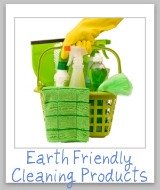 Earth Friendly Laundry Products
Earth Friendly Laundry Products
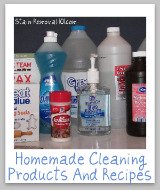 Homemade Laundry Products Recipes
Homemade Laundry Products Recipes
 Visit Household Management 101
Visit Household Management 101
 Visit Home Storage Solutions 101
Visit Home Storage Solutions 101
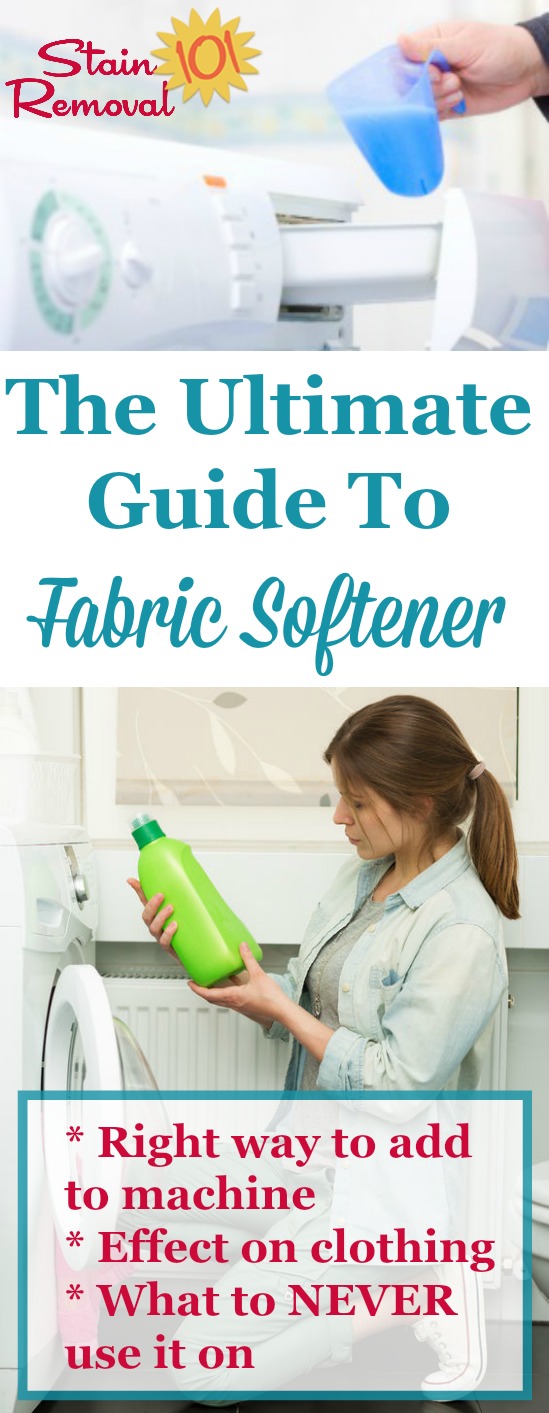

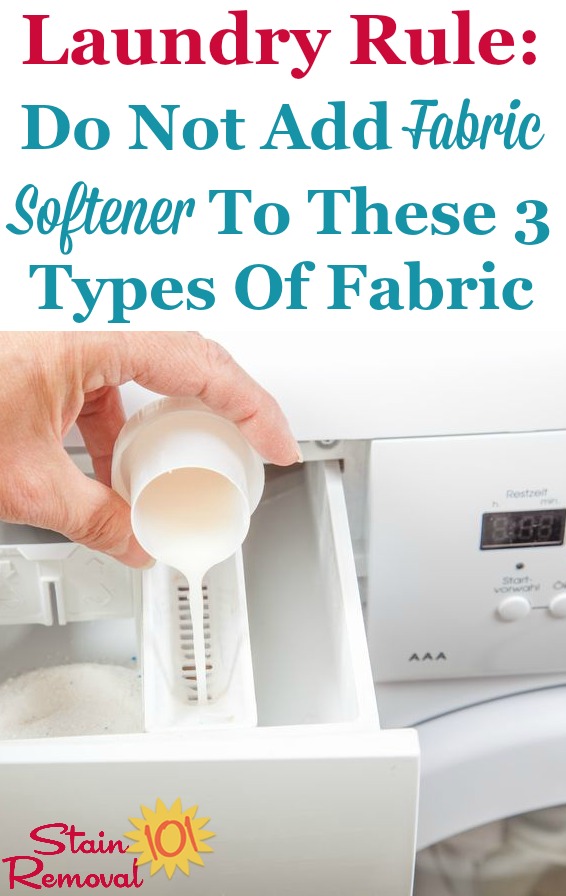


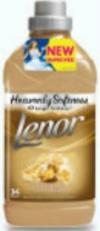
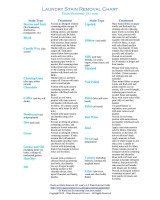
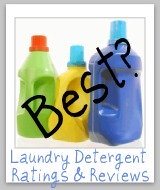

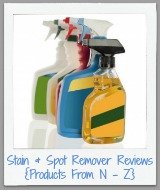

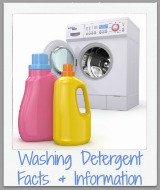
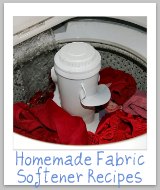
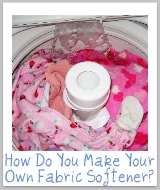
Share Your Comments, Tips & Ideas